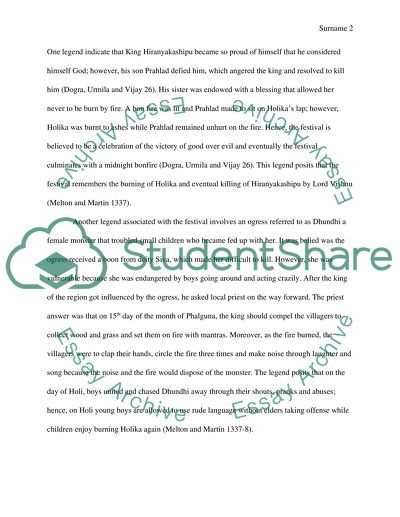Cite this document
(“Holi Hindu Festival. The Festival of Colors Research Paper”, n.d.)
Retrieved from https://studentshare.org/religion-and-theology/1494610-holi-hindu-festival-the-festival-of-colors
Retrieved from https://studentshare.org/religion-and-theology/1494610-holi-hindu-festival-the-festival-of-colors
(Holi Hindu Festival. The Festival of Colors Research Paper)
https://studentshare.org/religion-and-theology/1494610-holi-hindu-festival-the-festival-of-colors.
https://studentshare.org/religion-and-theology/1494610-holi-hindu-festival-the-festival-of-colors.
“Holi Hindu Festival. The Festival of Colors Research Paper”, n.d. https://studentshare.org/religion-and-theology/1494610-holi-hindu-festival-the-festival-of-colors.


